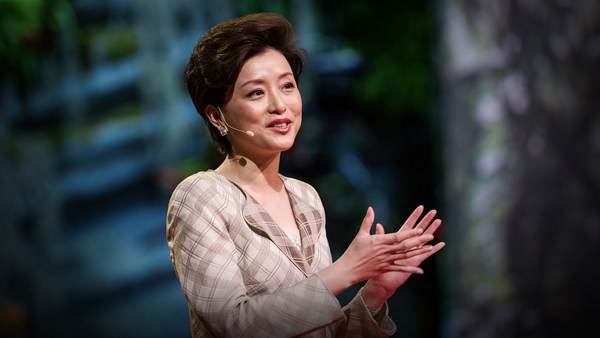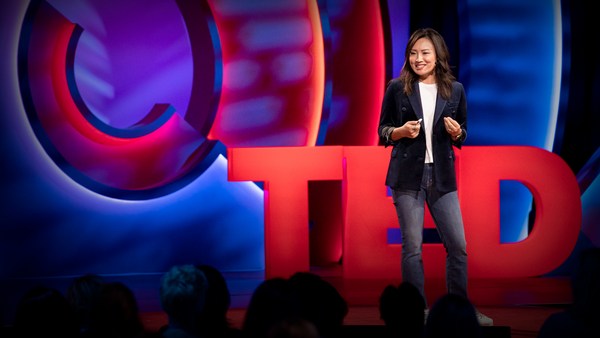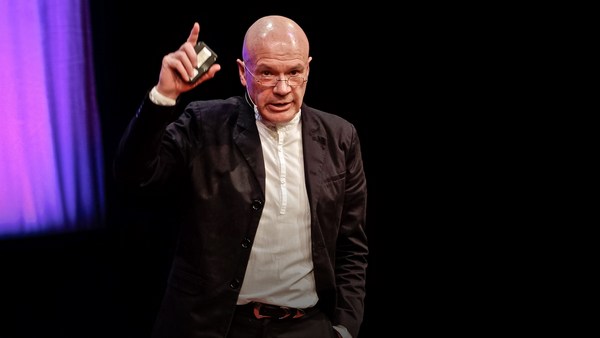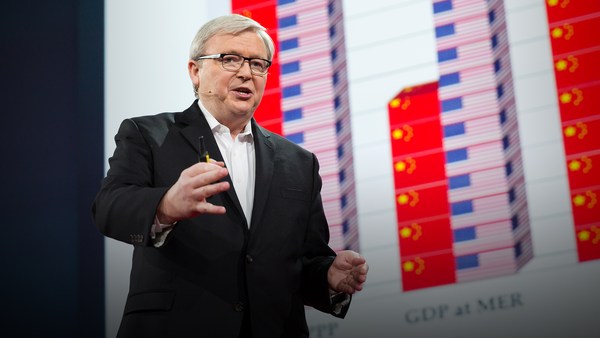I love dumplings. But I seldom have dumplings in a restaurant, because my mom's cooking is the best. One day, I happened to take a bite of Dumpling Xi's dish. To my surprise, they had a flavor of going home. Fresh, chewy and unexpected.
In addition to being a dumpling lover, I actually have a full-time job. I am a management consultant, so naturally, I was keen to understand the reasons behind those delicious dumplings. What I didn't expect is that this dumpling triggered my exploration of new ways of management in China. A change that is deeply rooted in ancient Chinese philosophies. But first, let's go back to the dumplings.
Gāo Défú founded Dumpling Xi 17 years ago. Today, the company enjoys 500 stores with 8,000 employees. But it wasn't always the case. Three years ago, the demand for his dumplings was soaring due to consumers' craving for healthy food. But the strong growth of online food delivery services had pulled the consumers away from store visits, causing a huge concern for Gāo. If I were to advise Gāo back then, I would go directly with the classical approach, hiring venture managers, providing training on how to integrate online-offline sales, or having some high potentials fully dedicated to the new job, such as a Chief Digital Officer.
But Gāo did something totally different. He invented a two-hat model. Instead of recruiting new executives, he invited five successful regional heads to take on a second role at headquarters. The catch was, they had to do it while still being the frontline managers. Keep in mind that these people had no formal training or related experience in this field. What they did have, though, was natural strengths and a growth mindset.
When Gāo first told me the idea, I said, "Are you sure? I have seldom seen companies as large as yours having part-time senior executives." But Gāo smiled. "This is my dumpling way." Gāo's team was also puzzled. In the first three months, the sales fluctuated, some even dropped by 20 percent. But Gāo didn't blink.
The regional heads had to learn new skills while still doing their job. Things like what kinds of dumplings can be sold online, how to digitalize their supply chain. After the transition period, something magical happened. The sales came back. One year later, the company began to launch its fresh and spicy dumplings online. Two years later, more talents with start-up dreams were attracted. More importantly, the company began to translate these individual new capabilities into company policies, and roll them out. A true differentiator compared with his peers.
Because most Chinese entrepreneurs are very good at growth strategies. In Chinese, we call it kāi jiāng kuò tǔ, expanding territories, but not so good at what we call zhì guó ān bāng, converting individual best practices into company policies for the long run. The nature of Gāo's approach, such as having tolerance for frontline managers to make mistakes, or having some new ideas not coming from the top, is not common in China. Because they go against our traditions.
In the past 2,000 years, Confucianism has been dominant in China, which values seniority and authority. For a nation, this is a time-tested formula to ensure order and harmony. For a company, this ensures precise execution at a large scale. But with business environments constantly changing, internet disrupting traditional industries, new millennials becoming a major workforce, new ways of management emerge. I feel so lucky to study this in such a dynamic age, while at the same time to satisfy my stomach with delicious dumplings.
Gāo's two-hat approach is just one example. Another example comes from Miranda Qu, the founder of Xiaohongshu. Xiaohongshu is a thriving internet company with 300 million users. It is an online community where young fans can get together to talk about their favorite soap opera, "Go Go Squid!" Or buy the cool shoes that the lead actress wears in a running scene. From the early days, Qu wanted the whole organization to be ready to spot things that need to change and challenge the authority. But one day, she noticed her interns were calling senior staff "teachers." This may sound innocent, but it signaled a problem to Qu. Because if the teacher phenomenon becomes a norm, it will encourage hierarchy and discourage ownership.
This is also something related to Confucian thinking. In Chinese, we call it "benfen." "Ben" means me, myself. "Fen" means the share of the job. "I will just focus on my job and not cross any lines," which is totally the opposite to Qu's thinking. So Qu created a unique initiative called "Signature Program." In the program, each employee chooses an avatar character that pops up alongside digital communication channels. Some common ideas include Captain Hook, Harry Potter and many well-known characters in Chinese literature. The way these characters interact proved to be the answer to Qu's problem. Avatars from the same story would get together to talk about their favorite characters.
In the community called "Slam Dunk," people from different cities, different departments, different levels of the organization, they would talk about how these characters inspired them at work. An employee with a signature called Coach Anzai was facing some difficulty in leading a very young team. Other Dunk fans will share the best practices on how to motivate a diversified team and inspire them to work to their full potential.
The signature program plays a pivotal role in fostering a collaborative environment at Xiaohongshu. Not only the teacher issue has disappeared, the company has been ranked as one of the most innovative Chinese companies by Forbes in the past two years.
Gāo's two-hat approach and Qu's signature program are just two examples of empowering the frontline staff. But these methods may not always be right. Let's take Ping An, for example. Very successful insurance company. The company couldn't adopt such an approach for the whole organization, because, one, the company has 400,000 employees, and the line between innovative chaos and chaotic chaos is very thin. Two, the company has five ecosystems and 10-plus sectors -- health care, insurance, real estate, smart city. Very difficult to apply a bottom-up innovation to all. But the company still needs to be innovating.
Ma Mingzhe, the founder, positions the headquarters as the steering wheel. Steering innovations and new ideas, cascading them down to its subsidiaries. One of the ideas that headquarters came up with is AI-enabled loss assessment. For a not-so-complicated case, the car owner can take a picture of the damaged car, upload it online. The insurance center can decide a claim amount right away by AI-enabled loss assessment. Facial recognition, ID verification. The car owner can get a payment in a few minutes, which could have taken a few days. So, for companies that [find it] difficult to conduct grassroots innovation, a centralized approach is also an option.
The more I see these unconventional management mechanisms -- Gāo with two hats, Qu with the signature program and Ma with the steering wheel -- the more I ponder where do these mechanisms come from. They're definitely not Confucian. They are very similar to another Asian school of thought, Taoism.
Confucianism believes the way to achieve perfection is to organize and regulate things. But Taoism believes in letting things work to their perfection naturally, to support their natural state and to let them transform spontaneously. In other words, leaders should not impose their will. Leaders should act by shaping the context rather than control. Confucianism works best in winning a stable context, whereas Taoism, with its power to shape the context, is more effective in dealing with uncertainty. A leader is best when people barely know he exists. When work is done, people say, "We did it ourselves."
Thank you.
(Applause)





